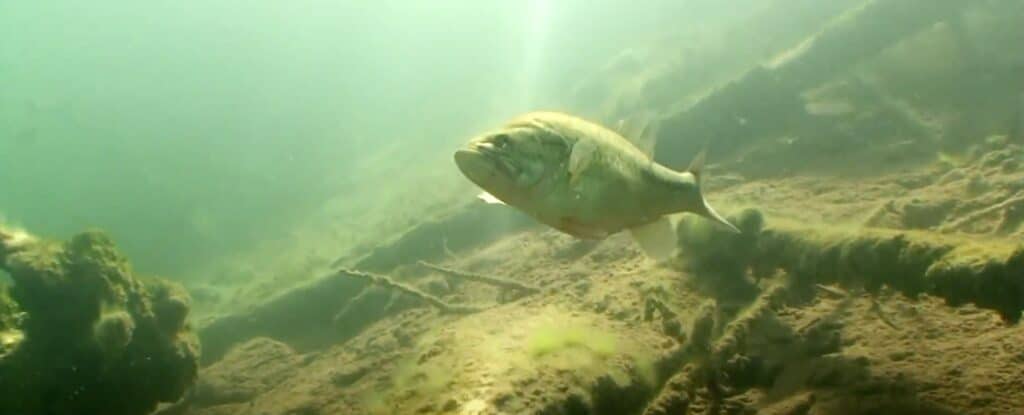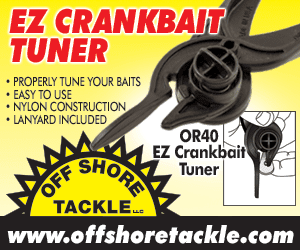Smallmouth Strike Zone Success
Smallmouth have a large strike zone when they are in a positive mood, which is usually the result of positive things happening in their environment. Food is abundant, weather conditions are stable or improving, or light levels are optimum for feeding success. Throw a bad cold front into the equation, however, and a positive mood can suddenly turn negative, grinding fish activity to a stand-still.
There isn’t much you can do to improve a fish’s mood. You can, however, adjust your presentation to suit their sour mood, converting a tough bite into sweet success.
We fish for smallmouth bass from ice-out in spring to freeze-over in fall and anywhere in between. Realistically, there’s a wide variety of environmental factors that can determine the size of a fish’s strike zone.
Strike zone is the distance at which a bass (or any fish for that matter) is willing to move or strike a bait.

Water clarity is an important factor in determining smallmouth strike zone size. In dark water with limited visibility, strike zones shrink. Fish in dark water tend to hug the bottom and often hold tight to cover. In clear water, the increase in vision dramatically opens the distance at which a fish can see and is willing to run down food or your lure.
Water temperature also plays a role. In cold water, smallmouth strike zones tend to shrink, and in warm water, strike zones increase. The abundance and type of forage can increase or decrease the strike zone as well. Fish feeding on minnows are often more willing to move far and fast to feed, while fish tuned-in on eating bugs will simply not move that far or fast.
Most anglers know that weather can have a dramatic influence on fish feeding patterns. In general, stable warming trends tend to increase strike zone size, while an intense cold front can shrink the smallmouth strike zone to nothing.
Good anglers experiment with size, speed, color and action of baits to match the fish’s present feeding mood.
Smallmouth bass can be extremely active with large strike zones in many situations, but they are also a very moody fish that can swing up and down depending on their current environmental conditions. Just because conditions aren’t ideal doesn’t mean you shouldn’t launch the boat – simply match your lures and tactics to the prevailing conditions to maximize fish response.










